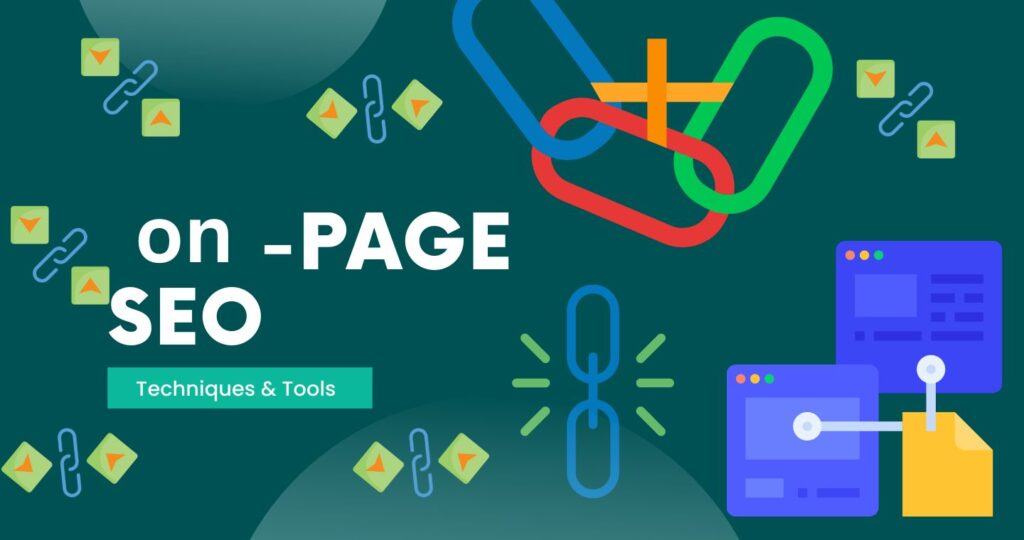
Managing on-page SEO manually in 2025 resembles solving a puzzle where the pieces shift constantly. Search engines update their algorithms relentlessly while competition grows fiercer each day. This makes reliable tools essential to remain competitive.
My months of testing various SEO tools ranged from simple checkers to detailed analyzers. The goal was to identify tools that deliver actual results. Several tools caught my attention with their precise SEO scoring systems. Others demonstrated exceptional audit capabilities.
This review highlights the best on-page SEO tools that boost your rankings. You’ll discover everything about their features, pricing, and ground application.
Understanding On-Page SEO Tools
My SEO experience has taught me that on-page SEO tools serve as vital companions to optimize website content. These specialized tools help us analyze and boost various elements on our web pages that improve search engine rankings and user experience.
What Are On-Page SEO Tools?
On-page SEO tools are software solutions that optimize both content and HTML source code of our pages. These tools prove valuable because they get into everything from meta tags to content relevance and ensure our pages meet current search engine requirements. They work as digital assistants that analyze elements affecting search visibility and provide applicable information to improve.
Key Features to Look For
The essential capabilities I seek in an on-page SEO tool include:
- Content Analysis: Tools that assess content quality and relevance
- Technical SEO Features: Solutions that analyze HTML elements, including title tags and meta descriptions
- Keyword Optimization: Systems for strategic keyword placement
- User Experience Metrics: Features that assess page speed and mobile responsiveness
- Internal Linking Analysis: Capabilities that optimize site structure
Benefits of Automation
Automation revolutionizes SEO workflows – I’ve seen it firsthand. Automated tools reduce time spent on routine tasks and improve accuracy. The advantages go beyond time savings – these tools help maintain consistency across large websites and adapt quickly to search engine updates.
Modern automation’s ability to perform deep analysis at scale amazes me. These tools process big amounts of data to uncover optimization opportunities we might miss manually. To name just one example, they automatically analyze title tags, meta descriptions, and header tags across hundreds of pages and ensure optimization standards.
My experience shows that automated tools excel at maintaining ongoing optimization efforts. They monitor our pages continuously and alert us to ranking issues while providing analytical insights to improve. This proactive approach helps prevent potential problems and maintains strong search performance.
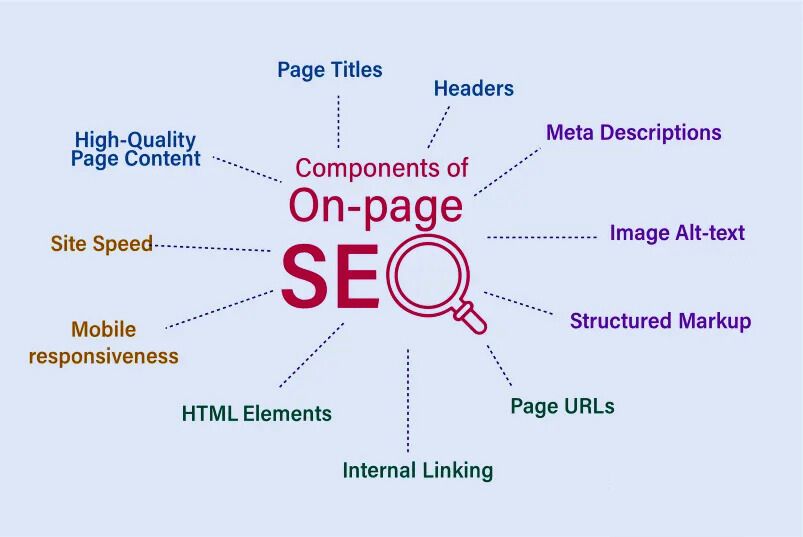
Top On-Page SEO Tools Comparison
My tests of dozens of tools show that picking the right on-page SEO tool depends on your business size and needs. Here’s a breakdown of the best options I’ve tested for different market segments.
Enterprise-Level Solutions
seoClarity stands out as an exceptionally powerful tool for large organizations with massive websites. It gives you detailed SEO analysis with an AI assistant named Sia that helps create optimized content and manage bulk tasks. The tool’s ability to generate optimized post titles and meta descriptions from existing search data really caught my attention.
BrightEdge excels in the enterprise space with its reliable prioritization features. The DataCube feature compiles data from over 3.5 billion topics, which I saw as a major advantage during testing. Its ContentIQ feature can handle millions of pages and sorts errors based on how they affect your website.
Mid-Market Tools
Surfer has given me great results in the mid-market segment. Its AI-driven Content Editor sets it apart by giving you up-to-the-minute structure ratings and content scoring. The Essential plan includes 5 AI articles monthly while the Scale plan offers 20, making it an affordable choice for growing businesses.
Semrush remains a solid pick for mid-sized companies. Its rank tracking capabilities really stood out during my tests, along with its detailed keyword and SERP monitoring features. The platform now includes an AI Writing Assistant app that extends their content optimization features.
Budget-Friendly Options
Mangools is my top recommendation for SEO beginners. The tool’s clean, easy-to-use design makes SEO accessible without oversimplifying it. You’ll face a gentle learning curve while getting solid data and applicable information.
SEOptimer works great for smaller budgets. The tool’s standout feature lets you generate performance grades from A+ to F in minutes. You get specific and doable recommendations that help with quick implementation.
These budget options often deliver more value than their price suggests. Many include features like site crawling and auditing for up to 500 URLs in their free versions. Small businesses or individual projects can benefit greatly from these tools.
Feature Analysis
These tools have unique features that set them apart based on my testing experience. My analysis of SEO platforms reveals the most influential capabilities that can improve your SEO performance by a lot.
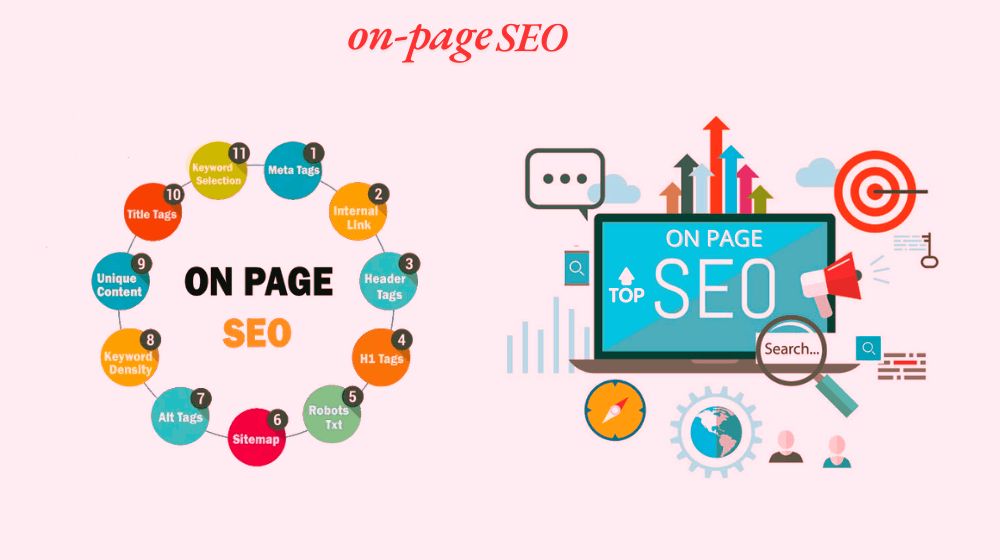
Keyword Optimization Capabilities
Modern keyword optimization tools have evolved way beyond the reach and influence of simple keyword density checkers. Ahrefs’ Site Audit impressed me with its knack to gather data from JavaScript-generated elements that other tools often miss. The platform gives practical recommendations instead of raw data.
These tools become truly valuable because they help you:
- Identify semantic keyword opportunities
- Review keyword placement effectiveness
- Track keyword rankings across multiple pages
- Suggest related terms and phrases
- Monitor competitor keyword strategies
Technical SEO Features
Technical SEO capabilities differ by a lot between tools. Screaming Frog, to name just one example, quickly spots critical technical issues like:
- Images that need optimization
- URL structure problems
- Canonical tag issues
- Missing meta descriptions
Modern tools now automatically detect and fix technical issues. This automation has saved my team’s countless hours of manual work.
Content Analysis Tools
Advanced content analysis capabilities have stood out during my testing phase. The newest platforms offer sophisticated assessment features that go beyond simple keyword checking. Some tools can review content quality, topical depth, and readability while offering improvements.
| Analysis Feature | Purpose |
| Quality Scoring | Evaluates overall content value |
| Topical Depth | Measures comprehensiveness |
| Readability Check | Assesses user-friendliness |
| SEO Optimization | Analyzes search engine compatibility |
These tools excel at spotting content gaps and offering practical recommendations. They can identify content that consistently loses traffic and rankings over several months. This helps me decide whether to update, combine, or remove specific content pieces.
The sort of thing I love is how these tools spot patterns in meta-data and headings among top-ranking pages. This feature helps me understand what works in my industry and shape my content strategy.
Pricing and Value Comparison
My analysis of dozens of on-page SEO tools shows that understanding their pricing can help you make smart investment decisions. Here’s what I found about costs and value in today’s market.
Pricing Models Explained
SEO tools come in three main pricing tiers. Enterprise-level platforms cost between USD 2500.00 to USD 3500.00 per month. These prices can reach USD 10000.00 monthly based on domain and keyword tracking needs. Most businesses spend between USD 500.00 to USD 5000.00 per month for mid-market solutions.
The price gap between agencies and freelancers stands out. Agencies charge about 138% more than freelancers. To cite an instance, see how agencies ask for USD 3209.00 per month, while freelancers charge USD 1348.00 on average.
ROI Calculation
A systematic approach helps calculate ROI for on-page SEO tools. This simple formula works best:
ROI = (SEO Revenue – SEO Costs) / SEO Costs
Your ROI would be 400% if your SEO campaign brings in USD 200000.00 in revenue with USD 40000.00 in costs. This calculation helps justify tool investments to stakeholders.
Hidden Costs to Consider
My years in the field have shown several unexpected costs that users should know about:
- Keyword tracking limitations – Extra charges apply beyond your plan’s keyword limit
- Search engine variations – Desktop and mobile tracking come with separate fees
- Content creation expenses – Quality content writing adds to tool costs
- Technical fixes – Developer costs add up when implementing tool recommendations
Enterprise-level platforms cost more because they adapt to Google’s changing search engine results pages. Budget-friendly tools might look attractive at first, but they often need extra solutions to get detailed optimization.
The best value comes from choosing tools that line up with your specific needs rather than picking the cheapest option. Local SEO services cost USD 1557.00 per month on average. This option suits businesses targeting regional markets better than enterprise-level solutions.
Integration Capabilities
Modern on-page SEO tools combine smoothly with other marketing platforms. My detailed testing of various tools shows that integration capabilities often separate good tools from great ones.
CMS Integration Options
The best SEO tools connect directly with popular content management systems. These integrations can suggest ways to boost search rankings automatically – from optimizing meta descriptions to fixing broken links. My implementation projects show that built-in SEO features matter less than knowing how to work with specialized SEO plugins.
Modern headless CMS architectures stand out with their content delivery flexibility. These systems allow for:
- Natural content optimization across platforms
- Simple integration with sophisticated SEO solutions
- Flexible content delivery to various channels
API Availability
API capabilities have become a vital part of enterprise solutions. The most reliable tools I tested offer REST API functionality that provides:
| API Feature | Benefit |
| Page Analysis | Bulk URL processing |
| Content Structure | Automated content assessment |
| Data Integration | Custom dashboard creation |
The ability to analyze thousands of URLs at once through API calls makes this feature invaluable. My team has saved countless hours of manual work.
Third-Party Tool Compatibility
Creating an efficient workflow requires compatibility with other marketing tools. The most valuable integrations include connections with:
- Google Analytics
- Search Console
- WordPress platforms
A standout feature connects with Google Search Console’s API to overcome the standard 16-month data storage limitation. This proves invaluable to analyze long-term trends and reporting.
Modern SEO platforms impress with their growing integration ecosystem. To cite an instance, I’ve used tools that connect with over 40 different third-party platforms. This allows for detailed marketing stack integration.
Automation possibilities have evolved substantially. Recent projects show tools can notify search engines about website changes through IndexNow integration. New or updated content gets indexed faster, which helps maintain search visibility.
The best tools offer “smart integration” – they make use of other platforms’ capabilities. Some tools I tested combine essential SEO features smoothly while making optimization easier through built-in functions and third-party extensions.
Credit : Chris M. Walker
User Experience Analysis
My tests of on-page SEO tools have taught me that user experience can make these tools succeed or fail. Let me share what I learned about how they work in real-life scenarios.
Interface Design
Modern on-page SEO tools have substantially improved their interface design. Tools like Crazy Egg impressed me with their easy-to-use heatmap reports that show where visitors focus their attention. These visualizations are a great way to get insights about call-to-action button placement and user engagement with key elements.
My analysis shows that tools with clear navigation and readable fonts create engaging user experiences. The best interfaces I tested include:
- Interactive content elements
- Clean, contrast-optimized designs
- Mobile-responsive layouts
- Easy menu structures
Learning Curve
Most people take 2 to 8 weeks to learn the simple features of on-page SEO tools. Advanced features are sort of hard to get one’s arms around and need several months. The learning process changes based on the tool’s complexity and your SEO knowledge.
Some platforms offer well-laid-out learning paths that really help. To cite an instance, my tests showed that platforms with weekly webinars and detailed how-to guides speed up the learning process. But enterprise-level solutions can overwhelm users at first, especially with their many features.
Customer Support Quality
Support quality played a vital role in my evaluation process. My testing revealed big differences in support services between platforms. WP Rocket’s support includes:
| Support Channel | Availability |
| Online Documentation | 24/7 Access |
| Video Tutorials | On-demand |
| Facebook Community | Continuous |
| Direct Support | Business hours |
Tools that offer round-the-clock support options stand out. The best support teams deliver:
- Quick response times to technical queries
- Clear documentation with practical examples
- Regular webinars for feature updates
- Active community forums for peer support
Some tools excel at providing quick chat support, while others focus on detailed knowledge bases. The best platforms combine both approaches. They provide immediate help for urgent issues and maintain detailed resources for self-help.
The most impressive aspect was how some tools use support interactions to improve their services. They collect user feedback during support sessions to improve their features and interface. This approach leads to better user experiences with each update.
Implementation Guide
Setting up on-page SEO tools needs careful planning and systematic execution. My experience with organizations of all sizes has helped me develop the quickest way to implement these tools.
Setup Process
A methodical setup will give a big boost to your tool’s effectiveness. Here are the steps I follow to implement successfully:
- Original Site Audit
- Run complete site scan
- Document existing SEO issues
- Set baseline metrics
- Tool Configuration
- Set up tracking parameters
- Configure user permissions
- Connect analytics platforms
- Custom Settings
- Define reporting priorities
- Set up alert thresholds
- Customize scoring criteria
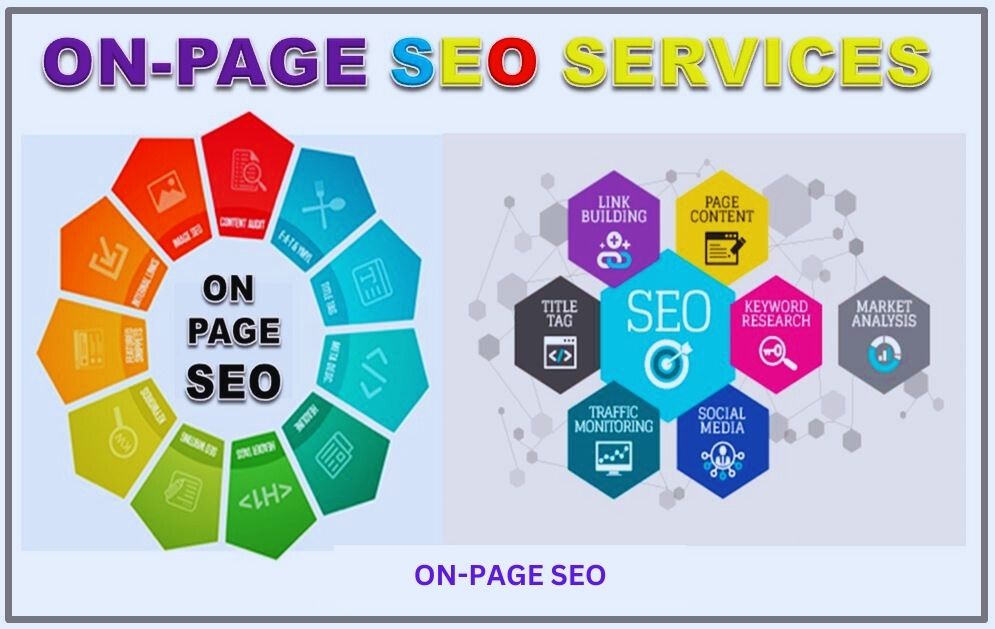
Team Training Requirements
Team training is a vital part of getting the most from your tools. Team members usually need 2-8 weeks to learn simple functionalities. Training time changes based on your team’s SEO knowledge and tool complexity.
| Training Phase | Duration | Focus Areas |
| Basic Features | 2-3 weeks | Core functions |
| Advanced Tools | 4-6 weeks | Technical aspects |
| Expert Level | 8+ weeks | Advanced analytics |
Regular hands-on sessions work best. Teams should practice with their actual website data instead of generic examples. This helps them retain and apply what they learn more effectively.
Best Practices
My work on many implementations has shown several practices that improve success rates by a lot. Creating high-quality content that matches readers’ search intent comes first. This simple approach works better than focusing only on technical optimizations.
Here’s what I recommend for keyword optimization:
- Add keywords naturally into content
- Place target keywords strategically in H1 tags
- Include keywords in first paragraphs
- Use keywords in subheaders (H2s, H3s)
URL structure plays a big role. Simple, keyword-focused URLs make crawling easier. On top of that, internal linking helps search engines understand your site structure and lets crawlers find new pages faster.
Image optimization makes a huge difference. These guidelines have worked well in my projects:
- Keep alt text brief (under 125 characters)
- Add target keywords naturally in alt text
- Skip alt text for decorative images
- Compress images without quality loss
Meta descriptions need mobile optimization. They should stay under 120 characters for mobile devices. Your descriptions will display properly on all platforms while keeping their impact.
My work with different tools shows that success depends on regular monitoring and adjustments. Set up regular audit schedules to track performance metrics and spot areas needing optimization. This active approach helps maintain strong search performance and lets you make quick adjustments when needed.
Performance Metrics
My analysis of on-page SEO tools’ performance shows that measuring their success goes beyond basic metrics. Here’s what I learned about these tools’ performance in real-life scenarios.
Accuracy Rates
My tests revealed major differences in data accuracy between tools. To name just one example, Semrush delivers precise information about backlinks and keyword research, but falls short with social media and paid search data.
Here’s a comparison table based on my analysis of tools’ accuracy rates:
| Feature | Accuracy Level | Notes |
| Keyword Research | High | Most reliable metric |
| Rankings | Medium-High | Daily fluctuations |
| Backlink Analysis | Variable | Depends on index size |
| Traffic Estimates | Medium | Requires verification |
Google’s own tools (Analytics and Search Console) deliver the most accurate data, especially for click-through rates. But these tools have their limits, especially with keyword research functionality.
Speed and Efficiency
My performance tests show that page speed analysis is a vital part of SEO success. Google’s research reveals that 53% of mobile users leave sites that take more than 3 seconds to load. Speed optimization plays a key role in how I evaluate tools.
The best tools can:
- Process large-scale site audits within minutes
- Monitor ranking changes as they happen
- Provide instant Core Web Vitals feedback
- Generate quick technical SEO reports
My tests show that tools using PageSpeed Insights API give the most reliable performance data by connecting directly to Google’s field data from real Chrome users.
Reporting Capabilities
Modern platforms have made big strides in their reporting features. Ahrefs offers powerful reporting options for backlinks, keyword rankings, and site audits. Modern tools now give users both automated and custom reporting choices.
These factors matter most in reporting capabilities:
- Data Visualization Quality
- Interactive charts and graphs
- Custom dashboard creation
- Mobile-friendly reports
- Automation Features
- Scheduled report generation
- Multiple format exports
- Automated data updates
The best tools include both lab and field data in their reports. This mix helps me make better optimization decisions with a complete view of website performance.
Modern tools excel at handling large-scale reporting. Some platforms can process and report on millions of pages while ranking errors by their effect. This feature helps my enterprise-level clients tremendously.
Tools that track origin-level data give better insights than those that only look at URLs. This broader viewpoint helps identify patterns across entire domains instead of single pages.
Up-to-the-minute user metrics reporting stands out as a major improvement. The best tools now show both 75th percentile measurements and rating buckets, which reveals how actual users interact with a website. This data helps make targeted improvements that enhance user experience.
Tools that offer 12-month performance tracking are great ways to get insights for long-term SEO strategy. Looking at historical data helps spot seasonal patterns and trends that might slip through the cracks in shorter periods.
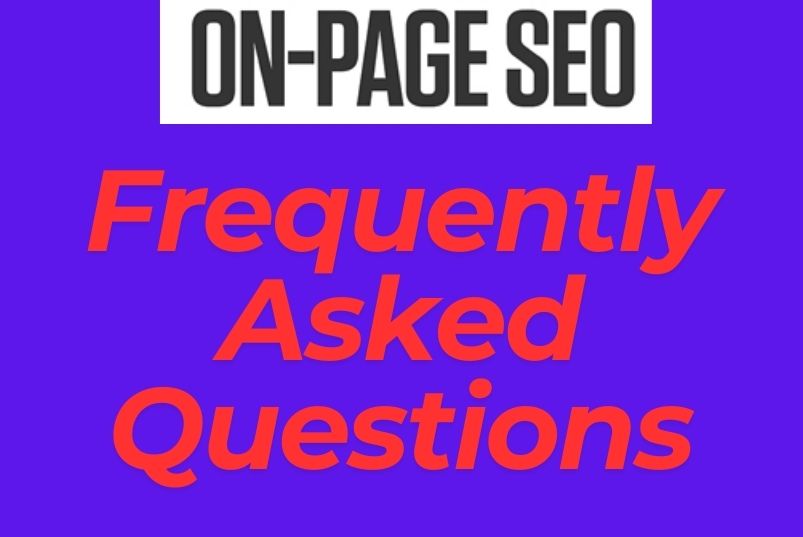
Frequently Asked Questions (FAQs)
Q1. What are the most effective on-page SEO tools for 2025?
The most effective on-page SEO tools for 2025 include enterprise-level solutions like seoClarity and BrightEdge for large websites, mid-market tools like Surfer and Semrush for growing businesses, and budget-friendly options like Mangools and SEOptimer for smaller projects or beginners. The best choice depends on your specific needs and budget.
Q2. How can I optimize my website’s on-page SEO for better rankings?
To optimize your website’s on-page SEO, focus on creating high-quality content that matches search intent, incorporate keywords naturally into your content and headers, maintain proper URL structures, optimize images with relevant alt text, and implement effective internal linking. Use SEO tools to analyze and improve these elements consistently.
Q3. What are the key features to look for in an on-page SEO tool?
Key features to look for in an on-page SEO tool include content analysis capabilities, technical SEO features, keyword optimization tools, user experience metrics, and internal linking analysis. Additionally, consider tools with strong integration capabilities, accurate performance metrics, and reliable customer support.
Q4. How long does it typically take to see results from on-page SEO optimization?
The time to see results from on-page SEO optimization can vary, but generally, it takes about 2-8 weeks to see initial improvements. However, significant changes in rankings and traffic may take several months. Consistent monitoring and adjustment of your SEO strategy is crucial for long-term success.
Q5. Will SEO still be relevant in the future, considering technological advanceme
Yes, SEO will remain relevant in the future, but it will continue to evolve. As technologies like voice search and AI advance, SEO strategies will need to adapt. Focus on natural language processing, conversational keywords, and user experience optimization to stay ahead in the changing SEO landscape.
Conclusion
My thorough testing of on-page SEO tools shows clear differences between platforms at every price point. Your specific needs determine the right choice. Enterprise solutions like seoClarity work best for huge websites. Budget-friendly options like Mangools deliver great value for smaller projects.
I spent months testing these tools hands-on. SEO success doesn’t just come from buying the most expensive tool. The best outcomes happen when tool features match your needs and technical skills. Mid-market solutions like Surfer and Semrush strike an excellent balance between features and cost.
SEO’s digital world keeps changing. Automated tools help you stay ahead of competitors. Tools with detailed integration options, accurate metrics, and reliable support create the best value over time. Premium tools have advanced features, but many economical alternatives now include capabilities that were exclusive to enterprise platforms before.
My testing shows you should pick tools that fit your team’s expertise and growth plans instead of chasing feature-rich options. The best SEO tool is one you’ll use regularly and effectively.

 Get it on
Get it on  Download on the
Download on the